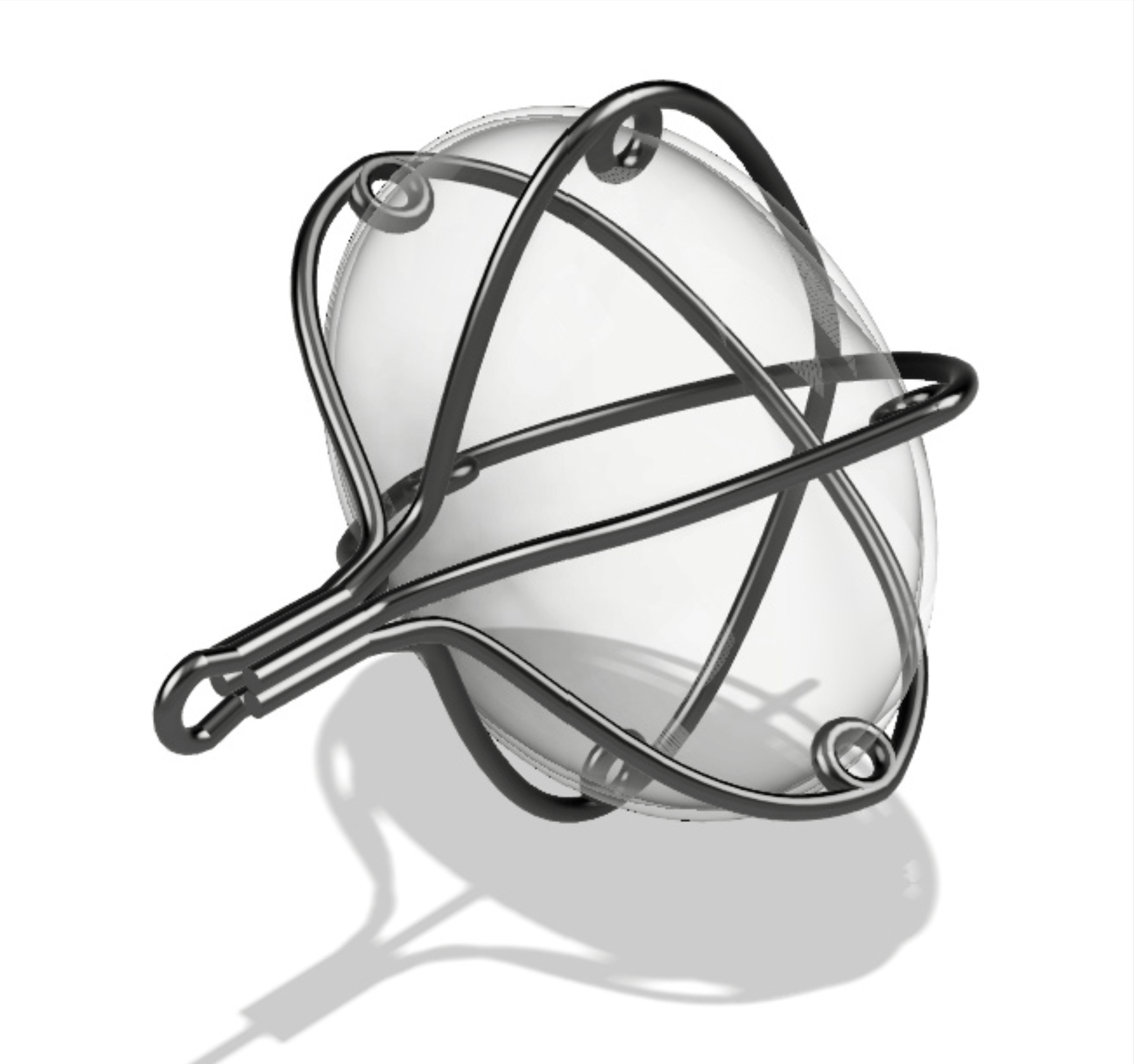Project Description:
Management of massive hemoptysis following a transbronchial needle biopsy presents
significant clinical challenges in healthcare due to a lack of transbronchial or tertiary bronchial
blockers. Current solutions on the market, such as the Arndt endobronchial blocker, are too
large to fit in the transbronchial space and do not remain deployed for the ideal amount of time
to cause thrombogenicity behind the blocker, risking continuous bleeding from the location of
the biopsy. We have designed and conducted preliminary testing of blockage device prototypes
that can be inserted into the transbronchial and tertiary bronchi using a standard therapeutic
bronchoscope and remain deployed beyond the time required for blood to clot. We have
confirmed the general shape of our design via large-scale prototypes, identified and tested
deployment and extraction methods, and laid the foundational work in the blockage material. We
have also established methods to test our prototype in more representative environments,
including cadaver studies and an in vivo model. This device enables physicians to treat
hemoptysis in patients who receive a needle biopsy in a non-invasive procedure more efficiently,
without the need for an operating room, reducing cost, time, and patient stress. Most
importantly, it allows for targeted treatment at deeper bronchial levels which evades the need to
block off an entire lobe of the lung and reduces respiratory burden on unaffected lung tissue.
